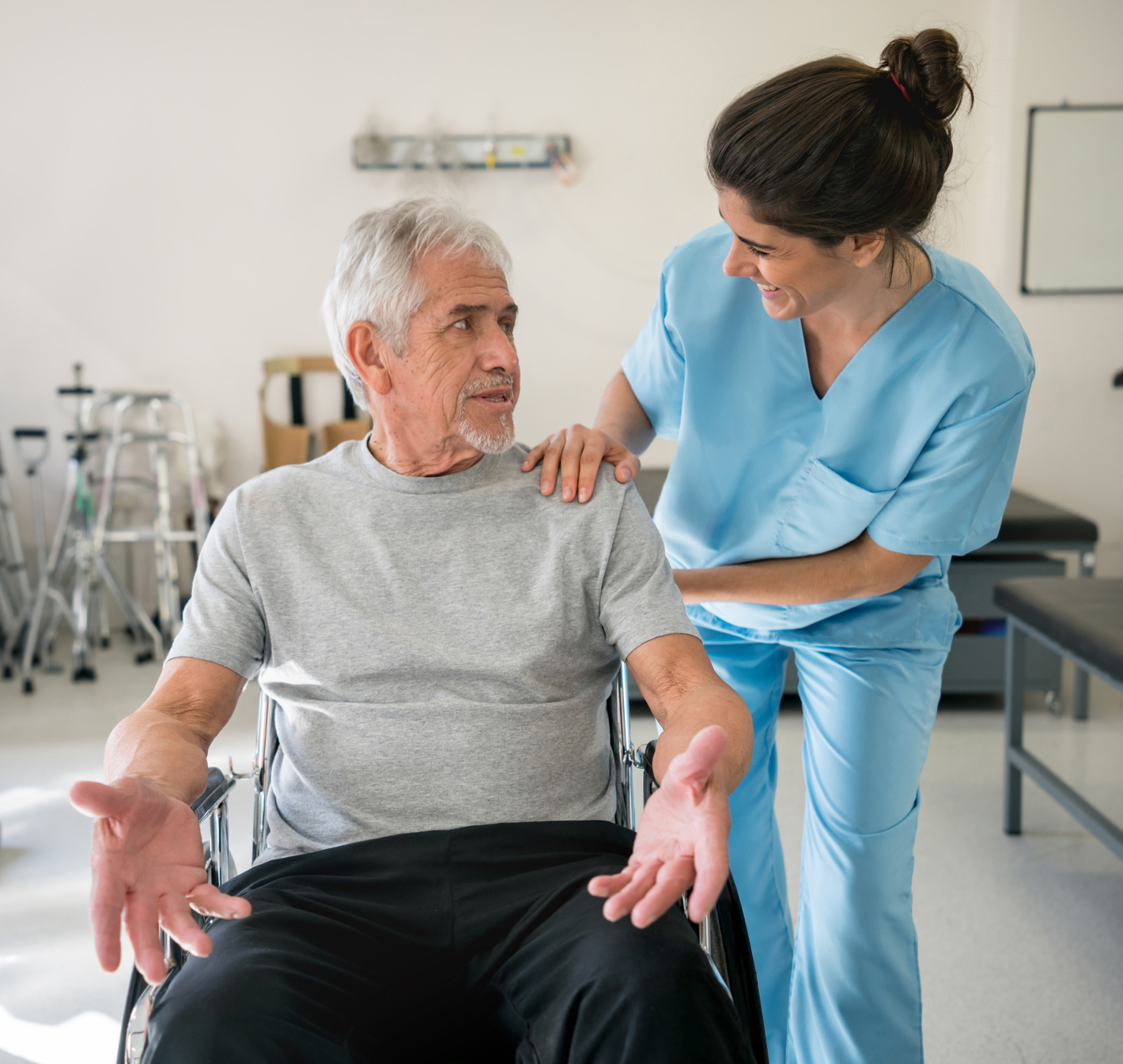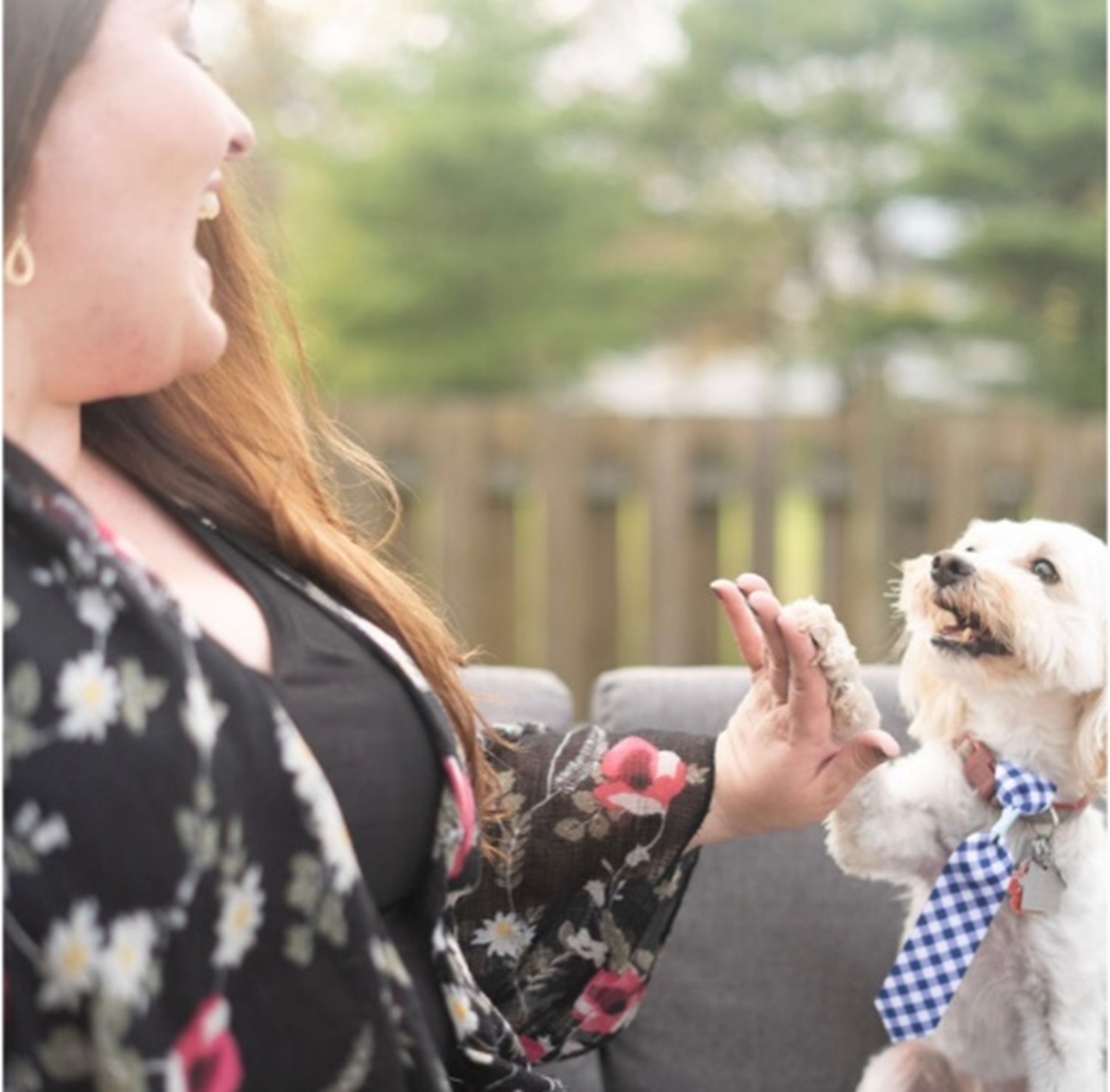Written By: Katie O’Shea, PT, DPT, MBA, GCS, CDP, CCRP

According to the CDC, “more than 795,000 people in the United States have a stroke every year.” “Strokes are known to reduce mobility in more than half of stroke survivors age 65 and older.” This long-term disability creates a decline in function, independence, and well-being for those impacted by stroke. As rehabilitation professionals, it is likely we will encounter a patient status-post a stroke along our career, regardless of our chosen area of practice. Understanding the rehabilitation services available across the continuum of care can help us to optimize patient recovery as well as connect patients to services to enhance their rehab journey.
So where might we interact with a patient after a stroke?
- Traditionally once a patient is medically stable, they will first meet a therapist in the acute care hospital setting. In this setting, therapists work to initiate mobility, self-care, and communication. Based on the patient’s tolerance and other criteria, therapists will make a recommendation for the next level of care.
- Rehab is traditionally the next stop along the continuum of care for patients after a stroke. Rehab focuses on remediation and compensatory strategies to maximize independence in mobility, ADL’s, cognition, and oral intake. Rehab can take place at the Inpatient Rehabilitation Level (IRF) or Subacute Level (SAR/SNF).
- The goal for most patients is to get back to their homes. Home care services focus on helping the patient safely make that transition and provide training specific to the environment.
- Finally, the patient traditionally ends their rehab continuum in the outpatient setting. The focus in outpatient is on higher-level tasks, adaptive equipment, balance, and community reintegration to name a few areas.
During a patient’s stroke recovery, their stops along the continuum of care may not follow the traditional path or could encounter some speed bumps. These roadblocks can be related to:
- Insurance Authorization
- Decreasing Length of Stay
- Medical Decompensation
- Grief Processing
- Social Supports
- Home Environment
- Pre-morbid Function
We cannot deny the continuum of care is offering reduced access to traditional services, which can create a challenge in providing clinical care. However, this also creates an amazing opportunity to redefine our clinical paths! What are the pain points in your current area of practice? Where do your patients need a little extra love? And how can YOU fill this void?
I encourage you to think differently and embrace the opportunity. You may be the one with the next solution to help optimize care for our patients after a stroke! Some ideas to get you thinking about non-traditional practice:
- Wellness Programs
- Community Support Groups
- Online Forums
- Augmented Reality
- Assistive Technology
- Driving Rehabilitation

- Aquatics
- Animal Assisted Therapy
- Cash-Based Rehab
Regardless of where we work along the continuum of care, we are all part of the team helping to improve the patient’s life and outcomes post-stroke. So high five to you all! Thank you for what you do! If I can ever be of service to you on your journey, I would love to connect by emailing katie.oshea@therapyedgeconsulting.com or https://www.linkedin.com/in/drkatieo.
Explore online continuing education courses from Katie below:
Stroke Rehab in the Home and Outpatient Settings
Stroke Rehab in the Acute Care Setting
Stroke Rehab in the Inpatient Rehabilitation Setting
Effective Rehabilitation and Discharge Across the Continuum of Care
Building Patient Rapport and Compliance
Visit summit-education.com for more information.

So great to have an advocate like you who understands the continuum of care. So insightful!
Thank you so much for this educational information!! Your timing is perfect with what just happened with my mom.